Touring the ‘Land of the Gods and Pyramids’ is the dream of many adventurous, as Egypt is the ‘window’ to humanity’s distant past and mankind’s greatest glories and achievements. What can be more interesting than seeing the stunning Great Pyramids with your own eyes and wandering through the temples of the ancient gods? Whatever your plans for the holiday, Egypt tours will bring you very close to the best of Pharaonic treasures.
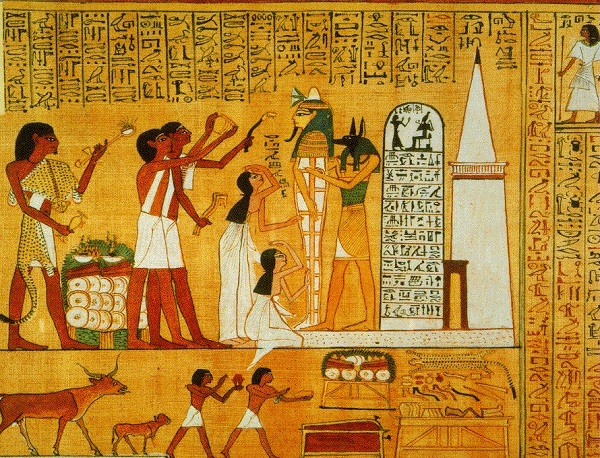
The Great Pyramids of Giza
A world-famous attraction that never fails to astound visitors with their sheer size and architectural integrity, the Great Pyramids of Giza constitute the only site remaining from the seven ancient wonders of the world. Built over an extended period that ended around 2550 BC, the Pyramids of Giza have long been and undoubtedly remain the most famous site in Egypt. The Pyramid of Khufu is the largest of the three monuments, while nearby visitors will see the iconic statue of Sphinx, as if guarding the area.
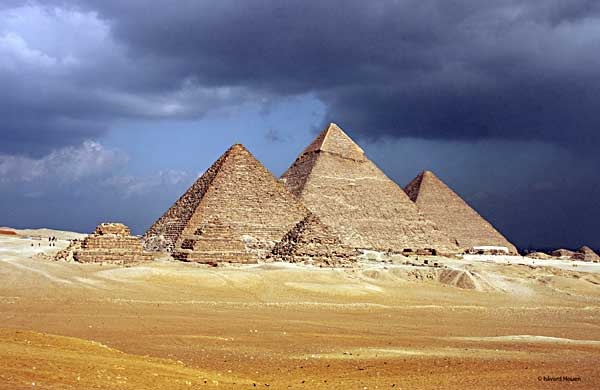
Abu Simbel
Another prominent site of ancient Egypt that is a must for any visitor to this amazing land is Abu Simbel, boasting an idyllic location in the Nile Valley near the Aswan Dam and Lake Nasser. This is a combination of two temples – the Temple of Ramses II and the Temple of Hathor, which seem to protrude from the sandstone cliffs some three thousand years ago. While entering the site, visitors will come across four huge statues outside the Temple of Ramses II, while entering inside; visitors will discover ornate interior and stunning supporting pillars, which were likely built in honor of the ancient Pharaoh, for who the temple was constructed.
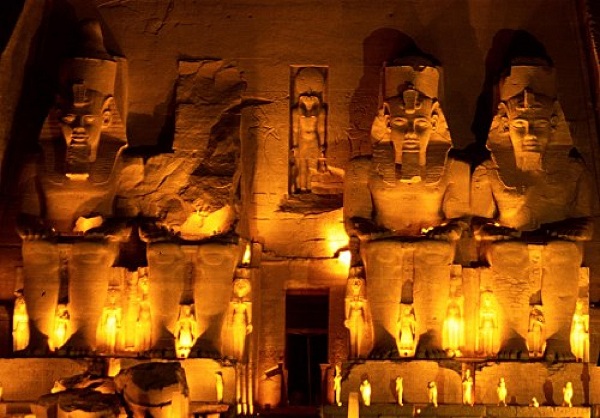
The Temple of Luxor
Luxor is a modern-day Egyptian city that lies atop and an ancient city known as Thebes, which served at times as Egypt’s capital. Essentially the work of only three pharaohs: Amenophis III, Tutankhamen, and Ramses II, built in honor of the deity Amun, the Temple of Luxor is another ‘pride’ of ancient Egypt, where people used to celebrate one of the country’s most famous festivals, Opet. People visit the temple to see its many giant statues of different pharaohs and other leaders, as well is its looming archways and decorations, which make it a breathtaking site. The Temple is especially beautiful at night, decorated with many lights, so it’s highly recommended to visit it at sunset.
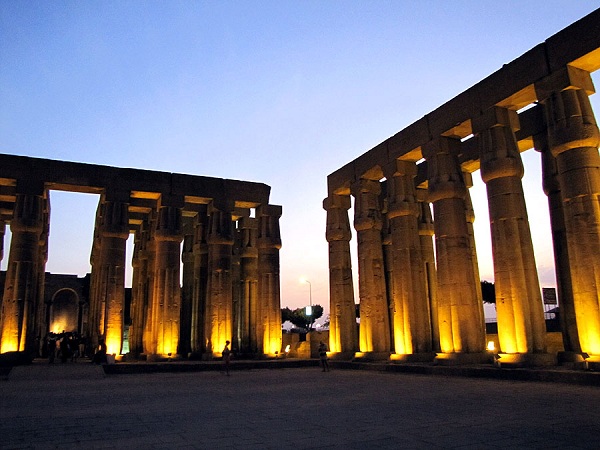
Today, together with the Karnak Temple and the Valley of the Kings, Luxor Temple forms part of the UNESCO World Heritage Site of ‘Thebes and its Necropolis’ and is accessed by a gate thought to have been constructed during the Roman period.
The Valley of Kings & Queens
Located on the west bank of Luxor, one can find the amazing Valley of the Kings and Queens. The place where the ancient tombs of the Pharaohs lie hidden beneath the desert sands, the Valley of Kings and Queens houses some of Egypt’s most treasured monuments. There are overall 63 tombs found in the Valley of Kings and Queens, ranging from a simple pit to a tomb with more than 121 chambers and corridors, with some closed to the public for tours. In these underground complexes, visitors will discover captivating craftsmanship and a mysterious atmosphere, which should be experienced to be believed.
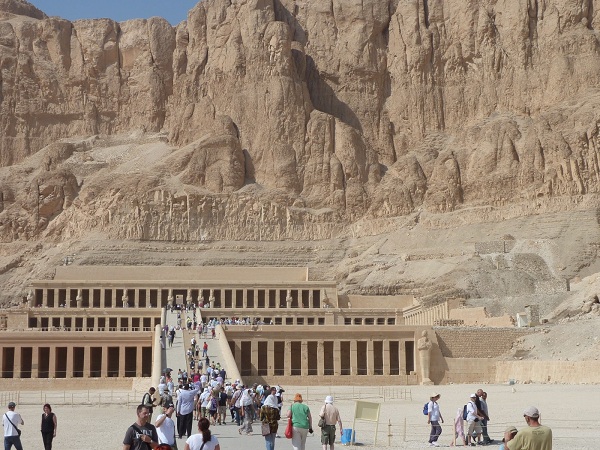
There are two main wings to the Valley of the Kings, west and east, with the eastern side having the majority of the tombs. The most known tombs are those of King Tutmosis I, Tutmosis II, Tut-Ankh-Amon, King Ramsess VI, King Mrenptah and Amonhotepll.
Karnak Temple Complex
The biggest temple complex in the world, covering an area of 100 hectares, Karnak Temple (Karnak meaning ‘fortified settlement’ in Arabic) promises an impressive experience to the first-time visitor. The central part of the site, which takes up the largest amount of space is home to three main temples, while there are also several smaller enclosed temples, and a number of outer temples. The highlight of the complex is the gigantic Temple of Amun, the largest place of worship ever built.
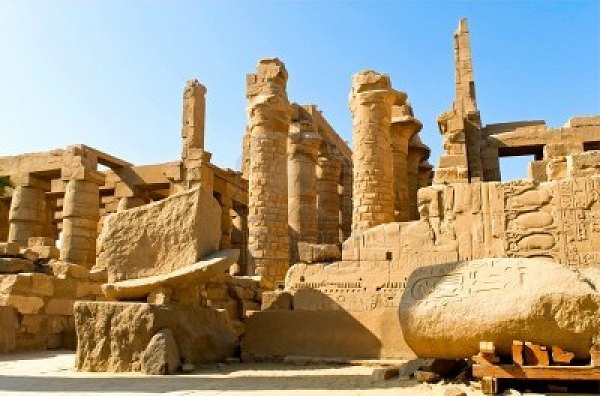
Once the temple used to be connected to its counterpart, the Luxor Temple, via an avenue of sphinxes, most of which are destroyed by now. It is considered Egypt’s second most visited site of historical value, next to the Pyramids of Giza and is today a huge open-air museum.


